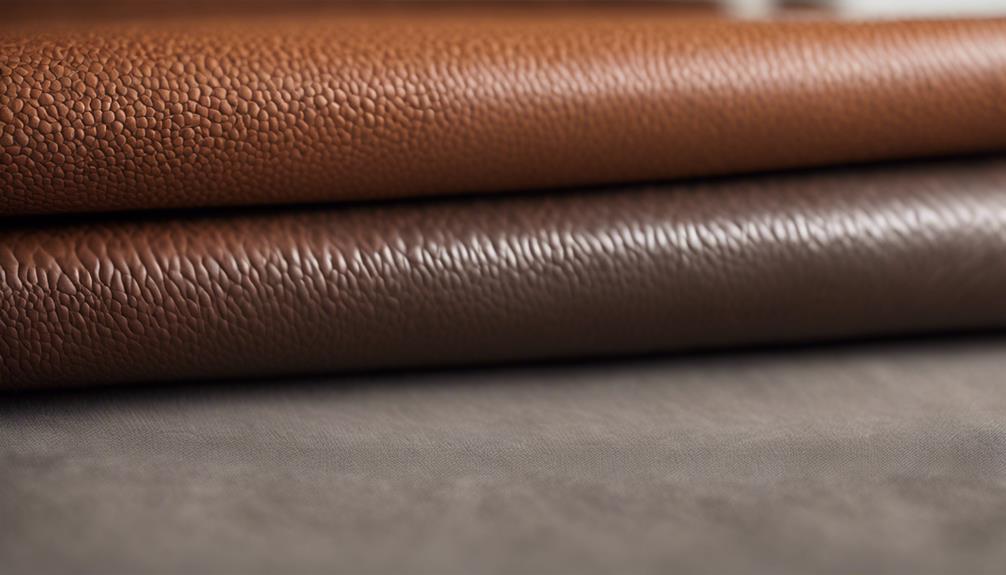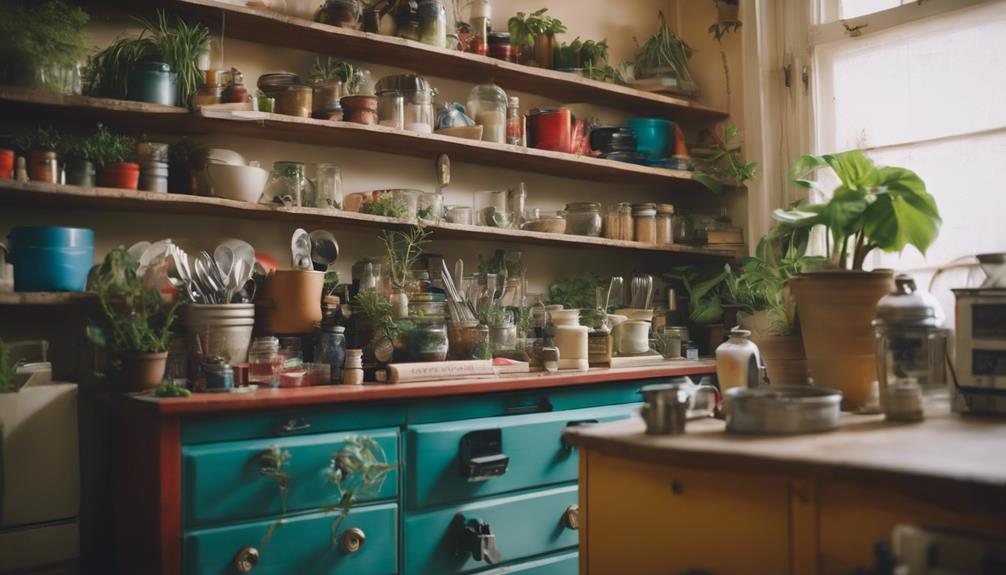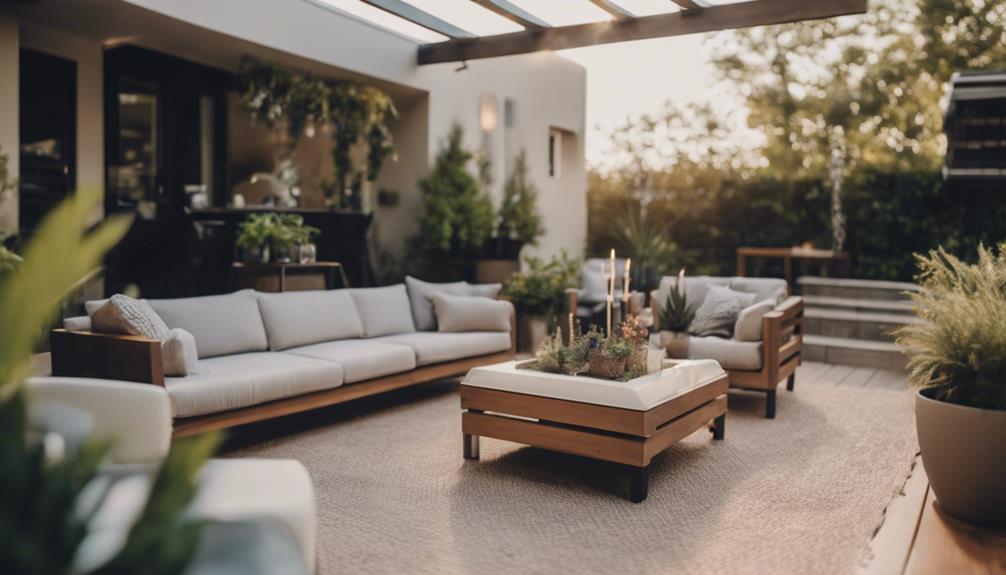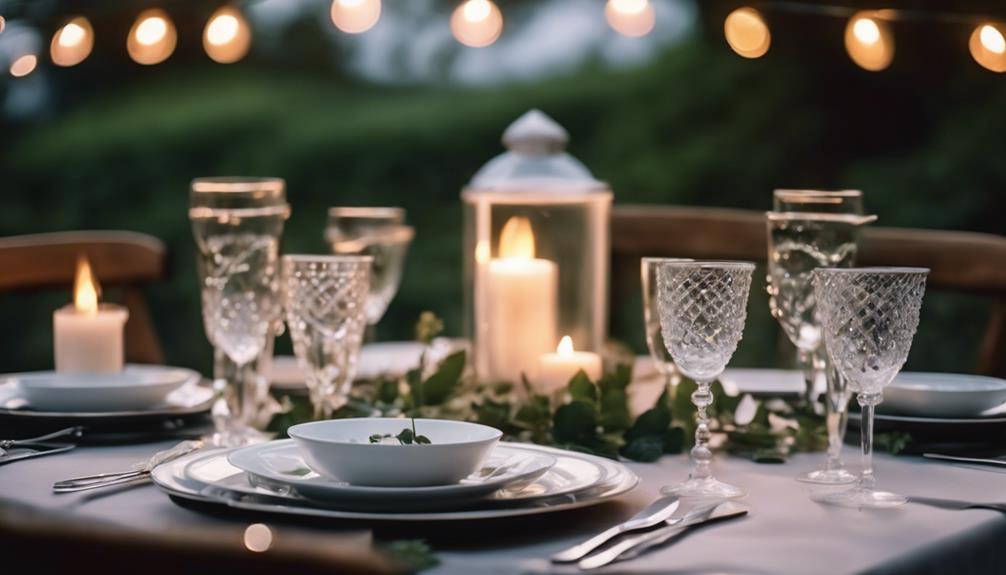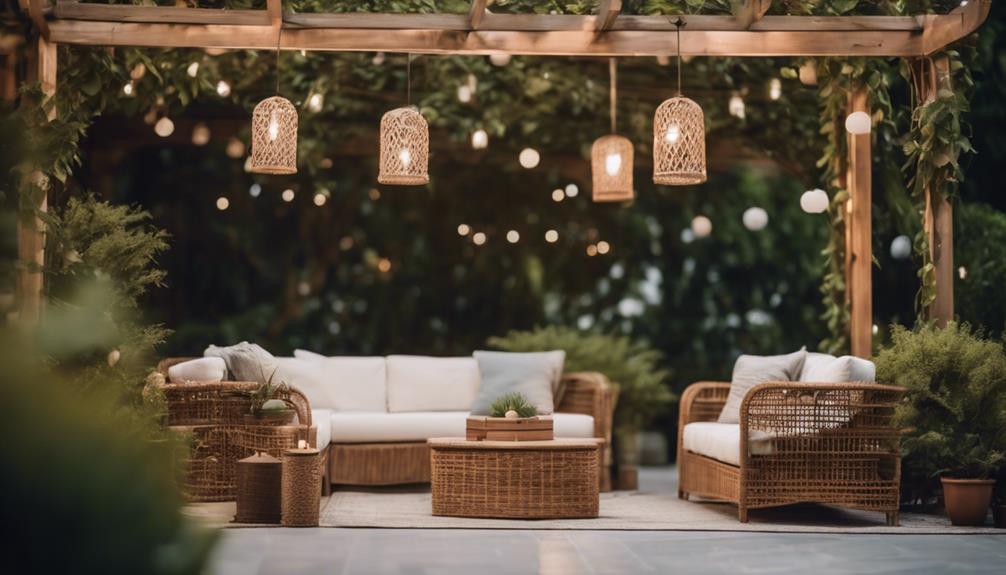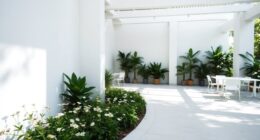Yes, Alfresco leather is indeed real leather, characterized by its exceptional softness, durability, natural markings, grainy texture, and unique aroma. This premium quality leather choice stands out due to its authentic feel and distinctive features. Genuine Alfresco leather showcases warmth, fat wrinkles, and imperfections that affirm its authenticity. The sensory experience of its rich scent and luxurious touch further confirms its premium quality. Understanding the distinct characteristics of real leather, like Alfresco leather, underscores its excellence and sophistication in the world of leather products, ensuring a high standard of quality and performance.
Key Takeaways
- Alfresco leather is a genuine type of real leather.
- Its authenticity is confirmed by natural markings, texture, and unique aroma.
- Characteristics like warmth, fat wrinkles, and imperfections distinguish it from synthetics.
- Genuine Alfresco leather exhibits exceptional durability and softness.
- Sensory cues such as a rich natural scent and luxurious touch validate its premium quality.
Characteristics of Real Leather
Real leather, including Alfresco leather, boasts distinct characteristics that set it apart from synthetic materials. Let's take a look.
Alfresco leather is renowned for its exceptional softness and durability, making it a preferred choice for luxury furniture pieces like sofas. Genuine Alfresco leather can be identified by its natural markings, grainy texture, and unique aroma. When you touch Alfresco leather, it should feel warm and exhibit fat wrinkles, along with imperfections such as uneven edges, showcasing its authenticity.
Moreover, an essential aspect of determining genuine Alfresco leather is the sensory experience. When tested, authentic Alfresco leather will emit a rich, natural scent and offer a luxurious, supple feel to the touch. These sensory cues, combined with the visual indicators of natural markings and texture, confirm the premium quality of Alfresco leather.
As a high-quality material, Alfresco leather exemplifies the excellence and sophistication associated with genuine leather products.
Identifying Genuine Leather
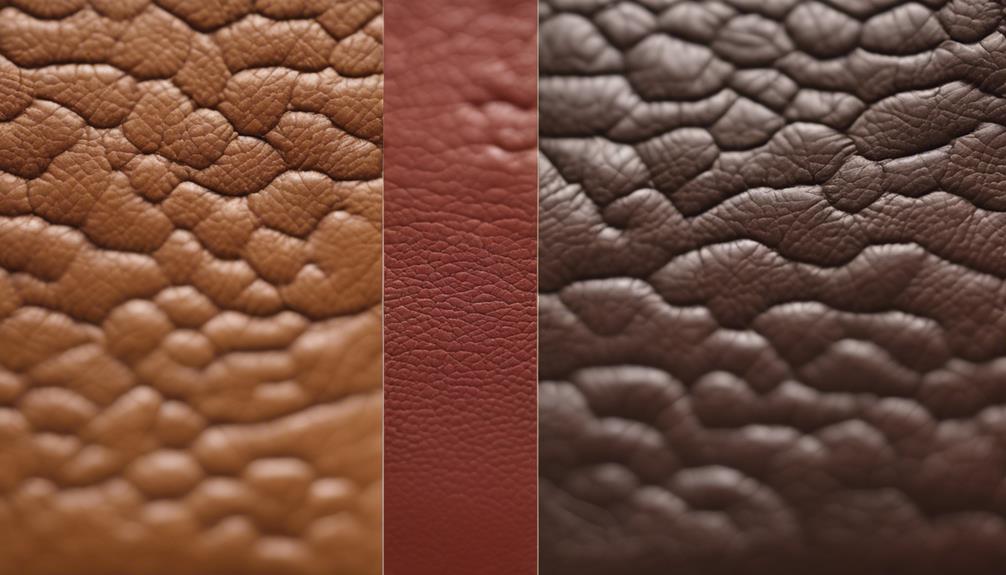
To determine if leather is genuine, examine its natural hide markings, texture, and aroma to distinguish it from synthetic materials.
When identifying genuine leather like Alfresco leather, pay attention to the following:
- Look for rough or uneven edges: Genuine leather often has imperfections that synthetic materials lack, such as uneven edges or fat wrinkles.
- Check for diverse pores: Real leather will have a varying pattern of pores on the surface, unlike faux leather, which may have a consistent and uniform pore pattern.
- Feel for a warmer touch: Authentic leather tends to feel warmer to the touch compared to synthetic alternatives, which can sometimes feel colder or artificial.
Types of Leather Grades
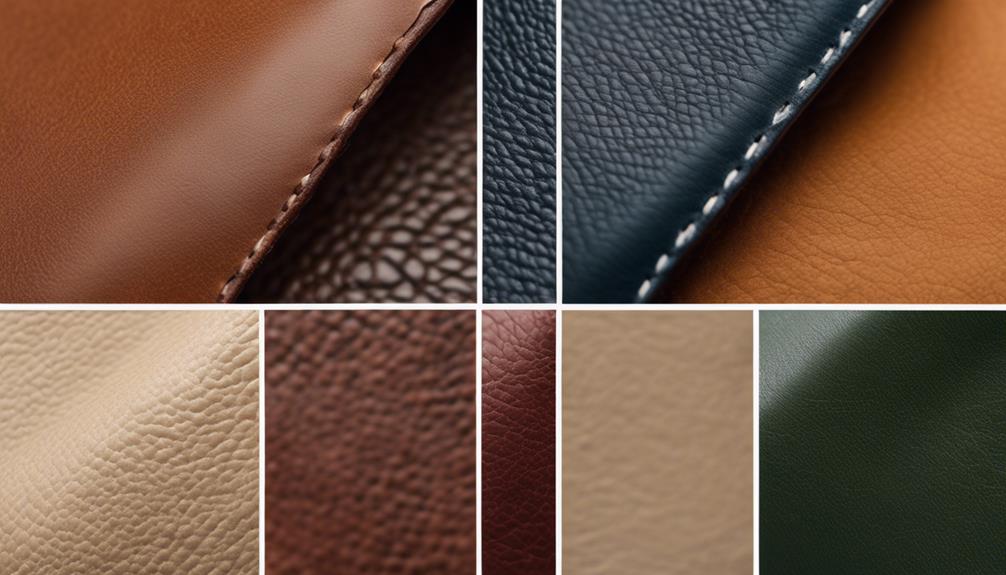
When exploring types of leather grades, understanding the distinctions between various categories can guide your selection of the most suitable leather for your needs. Leather grades are typically categorized into several main groups, each offering different qualities and characteristics. Below is a table outlining common leather grades:
| Leather Grade | Description |
|---|---|
| Full Grain | Highest quality, natural appearance, and durability |
| Top Grain | Sanded and refined, maintains quality with a bit of processing |
| Genuine | Made from real leather but with lower quality and durability |
| Bonded | Made from scraps of leather bonded together with adhesives |
| Faux Leather | Synthetic material designed to mimic real leather |
Each leather grade serves a distinct purpose, with full grain being the top choice for its premium quality and natural appearance. Understanding the differences between these grades can assist you in selecting the ideal leather type for your specific requirements.
Choosing Quality Leather

Exploring quality leather options involves considering factors like material composition, durability, and maintenance requirements to guarantee the ideal choice for your needs. When faced with the decision between Alfresco leather and genuine leather, it's important to delve into the specifics to make an informed choice.
Here are three key points to guide you in selecting quality leather:
- Material Composition: Alfresco leather, a synthetic blend of polyester and polyurethane, offers durability and ease of cleaning. Genuine leather, on the other hand, boasts natural characteristics and a unique aging process that contributes to its appeal.
- Durability: Genuine leather tends to be more robust and ages beautifully, developing a rich patina over time. In contrast, Alfresco leather provides a durable alternative that's resistant to stains and fading, ideal for those seeking longevity without the intricate aging of real leather.
- Maintenance Requirements: Genuine leather may require more care and conditioning to maintain its quality, while Alfresco leather offers a low-maintenance option that's easy to clean and upkeep.
Caring for Real Leather

Regularly cleaning your Alfresco real leather with a damp cloth helps remove dust and dirt, maintaining its appearance and longevity.
To guarantee your real leather stays in top condition, it's crucial to use a leather conditioner specifically formulated for real leather. This step will help keep the leather moisturized and supple, preventing it from drying out and cracking over time.
Additionally, avoid exposing your Alfresco real leather to direct sunlight for extended periods to prevent fading and drying of the material.
In case of spills, make sure to clean them up immediately to prevent stains and damage to the leather surface.
Finally, to promote even wear and maintain the overall appearance of your real leather sofa, remember to rotate the cushions regularly.
Frequently Asked Questions
How to Know if Leather Is Real or Fake?
To determine if leather is real or fake, inspect for natural imperfections like fat wrinkles, conduct a burn test for a burnt hair smell, and sniff for a genuine aroma. Avoid bi-cast leather, which lacks durability.
What Is the Most Authentic Leather?
When seeking the most authentic leather, opt for Full Grain leather. Its durability, natural imperfections, and ability to develop a unique patina over time set it apart. Embrace its luxurious feel and timeless elegance.
How Do I Tell if My Couch Is Real Leather?
To tell if your couch is real leather, look for natural hide markings, a rich, natural smell, and diverse pores. Check for imperfections, a soft touch, and variations in color or texture. Perform a burn test or check the label for confirmation.
What Is the Most Durable Leather for a Recliner?
So, you're pondering the most durable leather for a recliner. Opt for Full Grain leather, it's the champ – boasting natural imperfections that age like fine wine. Skip Bonded leather, it's as flimsy as a house of cards.
Conclusion
To sum up, only authentic leather possesses the unique characteristics that make it a durable and luxurious material. According to a recent study by the Leather Working Group, 86% of consumers prefer real leather products for their quality and longevity.
So, when considering purchasing alfresco leather or any other leather product, remember to look for the telltale signs of authenticity to make sure you're getting the real deal.
